FEATURED
Exploring Stablecoins, DeFi, NFT, GameFi, Metaverse and Fantokens
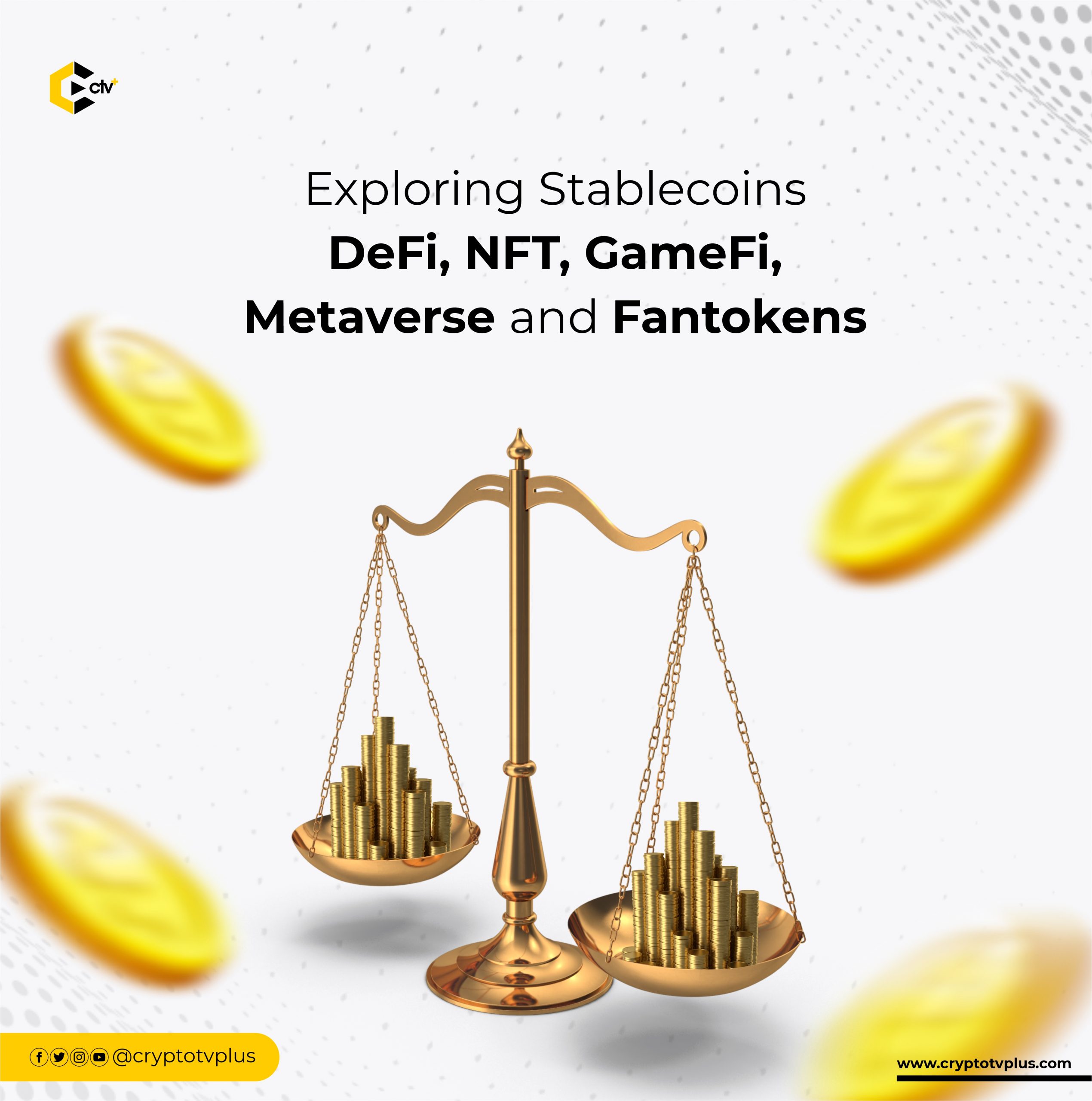
The cryptocurrency universe is as diverse as the real universe. Cryptocurrencies are not under a single umbrella, but a diverse world with a common thread – Blockchain.
Bitcoin has been here for over a decade, but emerging categories like metaverse and NFTs etc are now gaining prominence. Even within NFT, there are sub-categories like NFT marketplaces and NFT minting platforms.
The diversity within the cryptocurrency world should be studied to make informed investment decisions. In this article, we are going to have an overview of Stablecoins, DeFi, NFT, Gamefi, Metaverse and Fantokens
Stablecoins
A Stablecoin is a digital currency that is pegged to a “stable” reserve asset like the Nigerian Naira, U.S Dollar or Gold. Stablecoins are designed to reduce volatility relative to unpegged cryptocurrencies like Bitcoin, Ether, Litecoin, Avax and others.
Stablecoins bridge the layers of cryptocurrency and everyday fiat currency because their prices are pegged to a reserve asset. This essentially reduces volatility compared to something like Bitcoin and results in a form of digital money that is better suited to everything from day-to-day commerce to making transfers between exchanges.
Examples of Stablecoins are USDC pegged to the US Dollars andTether (USDT), launched in 2014 and arguably the most popular till today.
Some of the drawbacks of Stablecoins are:
They require a third party, this means they require trust from an entity.
External Audits are needed, to ensure assets are accounted for.
Less Return on Investment. Traders and investors typically desire higher returns and may resort to other means for financial gains.
Regulations, fiat involving processes are involved.
DeFi
DeFi is a short term for “decentralized finance,” an umbrella term for a variety of financial applications in cryptocurrency or blockchain geared toward disrupting financial intermediaries. DeFi draws inspiration from blockchain, the technology behind the digital currency bitcoin, which allows several entities to hold a copy of a history of transactions, meaning it isn’t controlled by a single, central source.
That’s important because centralized systems and human gatekeepers can limit the speed and sophistication of transactions while offering users less direct control over their money. DeFi is distinct because it expands the use of blockchain from simple value transfer to more complex financial use cases.
Most decentralized finance applications are built on top of Ethereum, the world’s second-largest cryptocurrency platform, which sets itself apart from the Bitcoin platform in that it is easier to use to build other types of decentralized applications beyond simple transactions.
This is because of Ethereum’s platform for smart contracts – which automatically execute transactions if certain conditions are met – offers much more flexibility. Ethereum programming languages, such as Solidity, are specifically designed for creating and deploying such smart contracts.
Types of DeFi applications include Decentralized Exchanges (DEXs), Stablecoins, Yield Farming and many others.
Some of the drawbacks of DeFi are limited integration, poor user experience, lack of oversight, volatility and risk etc.
NFT
Non-fungible tokens (NFTs) are cryptographic assets on a blockchain with unique identification codes and metadata that distinguish them from each other. Unlike cryptocurrencies, they cannot be traded or exchanged at equivalency. This differs from fungible tokens like cryptocurrencies, which are identical to each other and, therefore, can be used as a medium for commercial transactions.
The distinct construction of each NFT has the potential for several use cases. For example, they are an ideal medium to digitally represent physical assets like real estate and artwork. Because they are based on blockchains, NFTs can also be used to remove intermediaries and connect artists with audiences or for identity management. NFTs can remove intermediaries, simplify transactions, and create new markets.
NFTs can be used to represent real-world items like artwork and real-estate. ‘Tokenizing’ these real-world tangible assets allows them to be bought, sold, and traded more efficiently while reducing the probability of fraud. NFTs can also be used to represent individuals’ identities, property rights, and more.
Many NFTs can only be purchased with Ether, so owning some of this cryptocurrency, storing it in a digital wallet, is usually the first step. You can then purchase NFTs via any of the online NFT marketplaces likeTerravirtua, OpenSea, Rarible, and SuperRare.
Some of the drawbacks are: Physical art can’t be digitized, uncertainty of value, environmental cost and so on.
Read Also:
Understanding Solana, it’s Proof of History & Smart Contract
GameFi
GameFi refers to the financialization of video gaming. Similar to the popular crypto term DeFi, or decentralized finance, GameFi is a fusion of the words ‘game’ and ‘finance’. GameFi, also known as ‘play-to-earn’ is the marriage of gaming and blockchain-powered financialization.
Whether through quests, trading, or other mechanisms, GameFi allows gamers to earn digital assets for their in-game efforts. While traditional games have allowed players to accrue and trade digital assets for decades, they could lose their investment at any time if the publisher shut the game down or went out of business.
GameFi games, on the other hand, keep their assets stored on a distributed network. These operate independently of any single organization, substantially derisking the digital assets.
The top Gamefi games around are Axie Infinity, Decentraland, Forest Knight etc.
Some of the problems associated with the GameFi ecosystem are:
Huge waiting times for finality, slow-paced games.
High barriers to entry, skyrocketing transaction fees.
Inability to assimilate regular gaming communities with gamefi.
Focus on money-making strategies as opposed to actual gameplay.
The complicated nature of blockchain discourages participation, alien UI/UX when playing even simple games.
Metaverse
In 1992, writer Neal Stephenson released his third novel titled “Snow Crash.” In it, Stephenson’s characters interact in a completely digital environment where appearances can be changed on a whim and digital real estate is just as valuable as its real-life counterpart.
Stephenson called his digital environment, the Metaverse. Twenty-eight years later, public companies like Meta (formerly Facebook) and decentralized autonomous organizations (DAOs) like the Decentraland Foundation have been working to make the metaverse a profitable reality.
That has opened up entirely new revenue opportunities for retail investors, gamers, digital collectors and developers.
Metaverse Cryptocurrency
Metaverse projects on blockchain networks are powered by fungible tokens – tokens that are divisible and can be mutually exchanged. These tokens are used to purchase digital assets like virtual land or outfits for avatars.
They can also be traded for other crypto or fiat currencies. Certain metaverse cryptocurrencies also allow their owners to vote on decisions within a metaverse platform such as where money should be invested or which new features to release first.
Abstractly, as the value of digital assets rise, so will the value of their associated tokens. Furthermore, some metaverse platforms like Decentraland burn all MANA tokens used to purchase digital assets, removing them permanently from circulation and increasing the value of the remaining tokens.
Some of the most popular Metaverse tokens are Decentraland(MANA), Axie Infinity(AXS), SANDBOX(SAND), Enjin Coin(ENJ).
This downside to Metaverse is that it can generate addiction, make humans lose track of time, separate humans from the real nature or world and overstimulate senses.
What are Fantokens
Fan tokens are cryptocurrencies that permit the holders to access a variety of fan-related membership perks like voting on club decisions, receiving rewards, merchandise, design accessories, and gain other unique experiences. These tokens are generally used by sports clubs and music fan clubs to organize unique experiences for their fans, establish club leadership, and more.
Just like Bitcoin and other cryptocurrencies, these tokens can also be traded on exchanges, and their values can fluctuate overnight. Fan tokens are created by a crypto platform called Socios, which allows fans to have access to exclusive club content. These tokens can also be purchased with fiat currency.
Certain football clubs are currently offering fan tokens to give their supporters and giving them the chance to unlock VIP rewards, such as meet and greet with their favorite football players, luxury seat booking at any game, and other exciting membership perks.
The Chiliz token is one of the first most prominent fan tokens that has prompted an explosion of new other fan tokens like the Manchester City Fan Token $CITY, AC Milan Fan Token $ACM, and the Juventus Fan Token $JUV, PSG Fan Token $PSG and so on.
Unlike NFTs, fan tokens are ‘fungible’ or interchangeable, which means just like fiat money, these tokens can be exchanged for the luxury goods that are provided by the clubs. Additionally, they play an important role in tightening the relationship between one club with another.
Varieties of Fan Tokens can be bought on different platforms like Binance, Coinbase Pro, Huobi Global, Chiliz and Kucoin.
What do you think of this article? Let’s hear from you in the comment section!



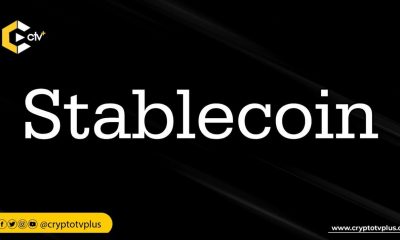



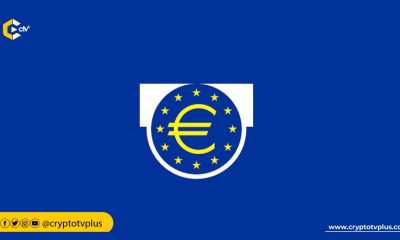

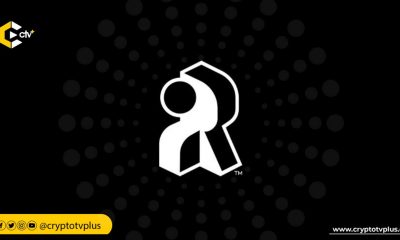



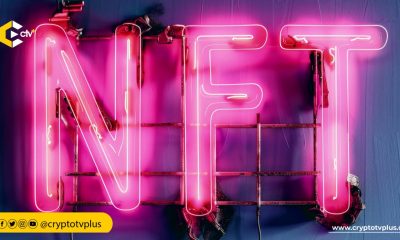











Pingback: Exploring Stablecoins, DeFi, NFT, GameFi, Metaverse and Fantokens by Marvelous Akpere – CryptoTvplus Events: NFT, DeFi, Bitcoin, Ethereum, Altcoin Events
Pingback: Companies Using Ethereum Enterprise Solution – Crypto Watch Daily
Pingback: From Play to Earn (P2E) to Skilled to Earn - Jimmy Zhao | CryptoTvplus: DeFi, NFT, Bitcoin, Ethereum Altcoin, Cryptocurrency & Blockchain News, Interviews, Research, Shows
Pingback: From Play to Earn (P2E) to Skilled to Earn – Jimmy Zhao – Crypto Watch Daily
Pingback: Subversive Capital Launches a Metaverse ETF, Bets Against Meta (Facebook) | CryptoTvplus: DeFi, NFT, Bitcoin, Ethereum Altcoin, Cryptocurrency & Blockchain News, Interviews, Research, Shows
Pingback: 13 Great Features of Harmony One Blockchain | CryptoTvplus: DeFi, NFT, Bitcoin, Ethereum Altcoin, Cryptocurrency & Blockchain News, Interviews, Research, Shows